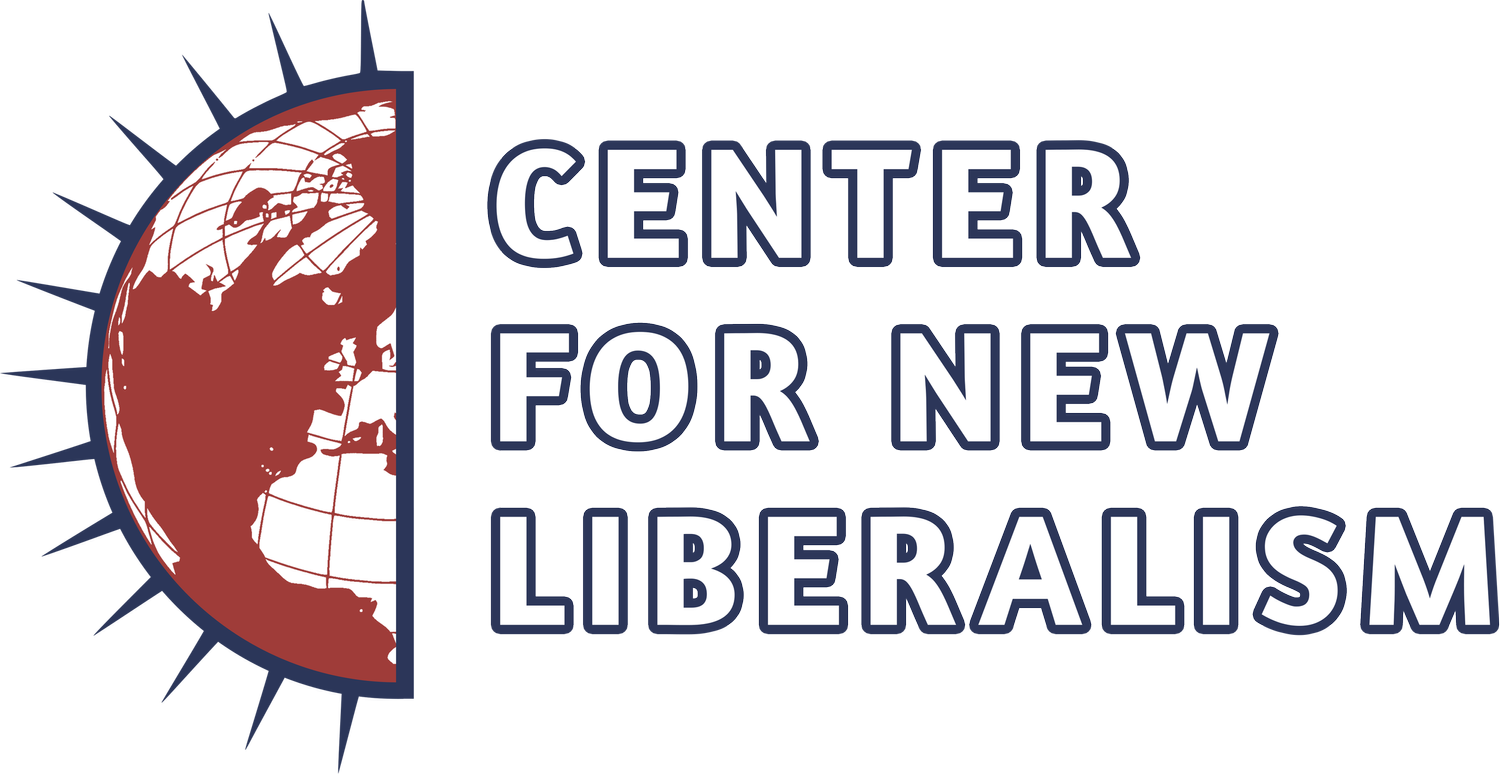
Donald Trump has ignited a full-blown tariff crisis — and too many Democrats are still missing the point, or using outdated messaging. With his threats and imposition of sweeping tariffs on our allies and enemies alike, Trump is once again pushing a trade agenda that would raise prices, provoke retaliation, and undermine American competitiveness.
This is not a distant policy debate — it’s an economic emergency, and Democrats need to meet the moment. Vague statements and silence won’t cut it. Democrats need to offer a clear, confident alternative — one that goes on the attack against Donald Trump’s extreme tariff agenda, while championing economic openness, growth, and global cooperation.
We’ve created the CNL Congressional Tariff Messaging Index to spotlight the Democrats who are rising to the occasion, to identify where more voices are needed, and to encourage a stronger, more unified response to one of the most urgent economic challenges we face.
Our Criteria
In our first release of this index, we’ve evaluated Democrats in the House on six criteria to provide a holistic summary of their prior record and how they’ve met the moment:
-
A+: Among Congress’s strongest leaders on promoting trade liberalization.
A: Actively sponsored or co-sponsored pro-free-trade legislation; consistently opposed tariff expansions.
B: Publicly supported free trade or opposed tariffs consistently without substantial legislative leadership.
C: Neutral or mixed record; limited actions or statements.
D: Supported selective or occasional protectionist measures or tariffs. Opposed free trade agreements.
F: Actively supported broad tariffs, opposed trade liberalization, or endorsed protectionist policies.
-
Pass: Explicitly supports restoring or affirming Congressional authority over tariff policy. Examples include sponsoring or endorsing relevant legislation or clearly stating that Congress should control tariff decisions.
Fail: No explicit support, silence, or opposition to Congressional oversight.
-
A: Strong, detailed condemnation of Canada tariffs. Actively framed them as economically harmful, retaliatory, or a betrayal of allies. Calls the tariffs a tax. Offers a unique take on how tariffs are harmful to a district. For example, connecting tariffs to construction costs.
B: Clearly opposes tariffs, identifies harms clearly but slightly less detailed or proactive than A-grade responses.
C: Silent or mildly critical but generally trade-friendly on other fronts. Silence is disappointing, but understandable.
D: Silence from someone with no clear trade record, or vague/poor messaging that fails to clearly oppose tariffs.
F: Explicitly supports tariffs or echoes Trump framing.
-
A+: Among Congress’s strongest leaders on promoting trade liberalization.
A: Actively sponsored or co-sponsored pro-free-trade legislation; consistently opposed tariff expansions.
B: Publicly supported free trade or opposed tariffs consistently without substantial legislative leadership.
C: Neutral or mixed record; limited actions or statements.
D: Supported selective or occasional protectionist measures or tariffs. Opposed free trade agreements.
F: Actively supported broad tariffs, opposed trade liberalization, or endorsed protectionist policies.
-
A: Bold, repeated rejection of these tariffs as regressive, populist, and harmful. Calls the tariffs a tax. Offers a unique take on how tariffs are harmful to a district. For example, connecting tariffs to construction costs.
B: Strong opposition, clearly outlines harm but less comprehensive or intense than an A. calls the tariffs a tax
C: Moderate pushback, lukewarm disapproval, or vague signals of concern. Addresses tariffs in messaging, but doesn’t get to the point of why they are inherently bad.
D: Silent or evasive, fails to publicly challenge the tariff vision at the heart of this policy.
F: Endorses, praises, or defends the tariffs.
-
A: Consistently opposes tariffs as a legitimate policy tool except in truly extreme or emergency circumstances (e.g., sanctions, wartime). Sees them as harmful, regressive, and easily abused.
B: Generally skeptical of tariffs as a tool, especially for economic management, but open to narrowly tailored strategic tariffs with clear goals and sunset provisions.
C: Mixed or flexible views—acknowledges drawbacks but sees tariffs as legitimate leverage in some areas, such as national security or specific industry protection.
D: Supports using tariffs as an ongoing tool of industrial policy or economic management.
F: Embraces tariffs as a central element of trade or economic strategy. Favors broad or permanent tariffs as good economic policy.
Note: If a member did not say anything about the use of tariffs as a tool, they were automatically given an A. If you think the A grade is wrong for any given member, reach out to hello@cnliberalism.org
FAQs
In our first release of this index, we’ve evaluated Democrats in the House on six criteria to provide a holistic summary of their prior record and how they’ve met the moment:
-
We realized that Democrats still lack a cohesive message on trade, and wanted to get the ball rolling by helping highlight the Democratic Members of Congress who have been, or are emerging leaders on this issue.
-
Yes, given the overwhelming silence on the part of Republicans, particuarly from those in the U.S. House, it goes without saying that Republicans are worse on this issue than Democrats.
We made the choice to only evaluate Democrats while creating this scorecard, in part because we already know that save for maybe 3-4 Republicans in the House, most Republicans would receive an F due to their silence.
We’re also a small team with limited time, so it made sense for us to focus on evaluating Democrats, so we can offer gentle pressure to encourage them to improve their messaging, and more effectively use Trump’s disastrous tariff agenda as a cudgel against Republicans throughout the next four years.
-
We collected our data for the index by searching news clippings, official government websites, campaign websites, social media, including Twitter, Instagram, and Facebook, for mentions of tariffs, trade and more.
After collecting data for each member, we used our criteria listed above to evaluate the appropriate grade for each category.
-
We’re a small team, and it took us a while for us to build the dataset we used for this index. It’s entirely possible we missed something, so please reach out to hello@cnliberalism.org if you think we should update a grade.
